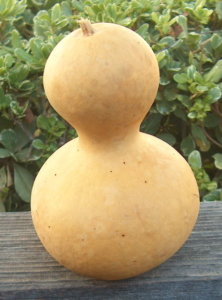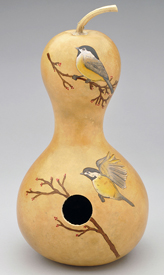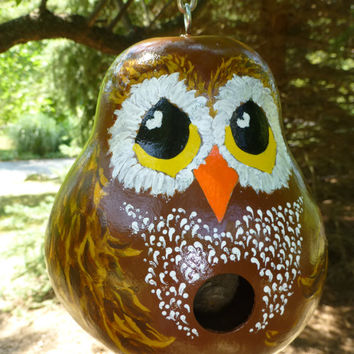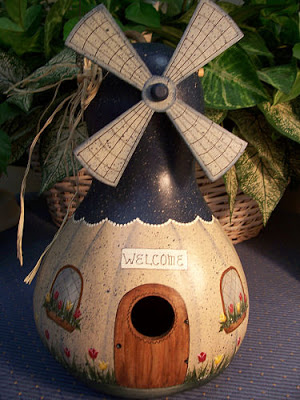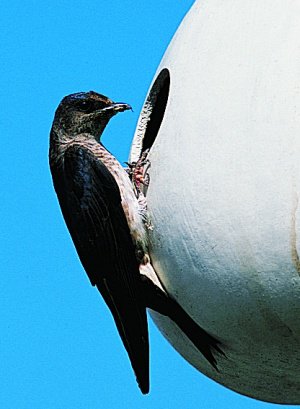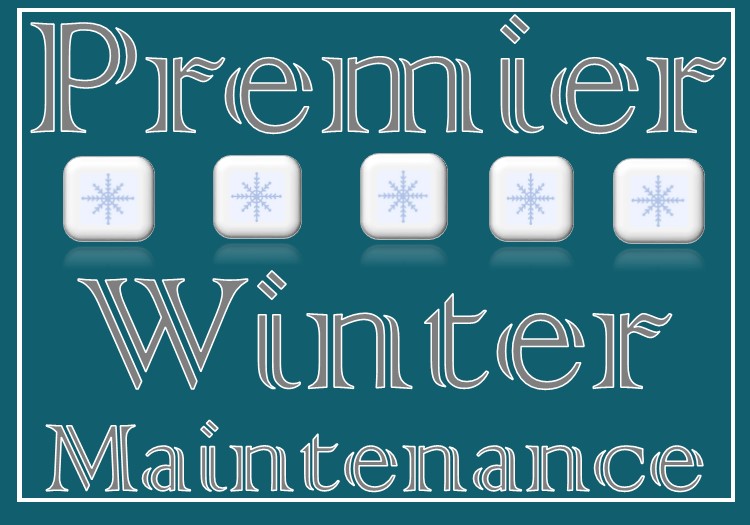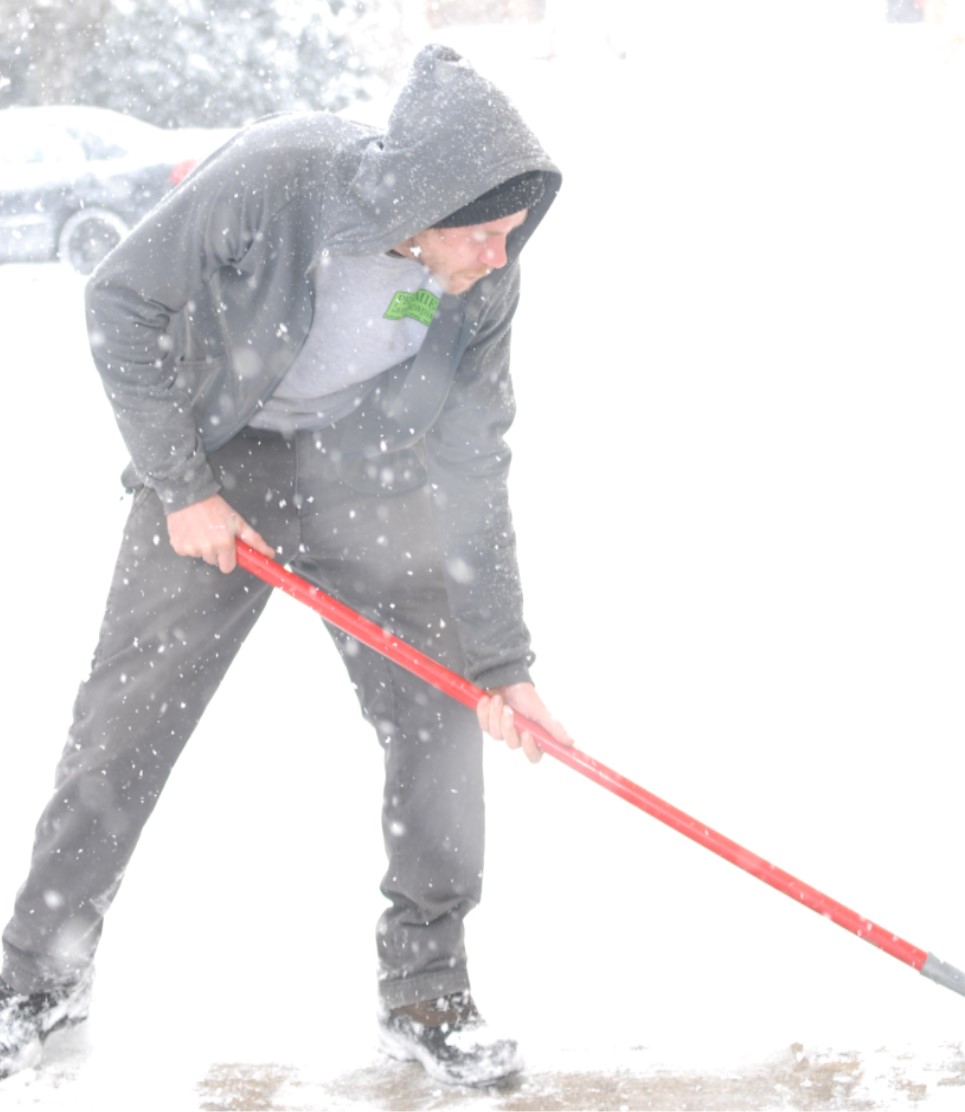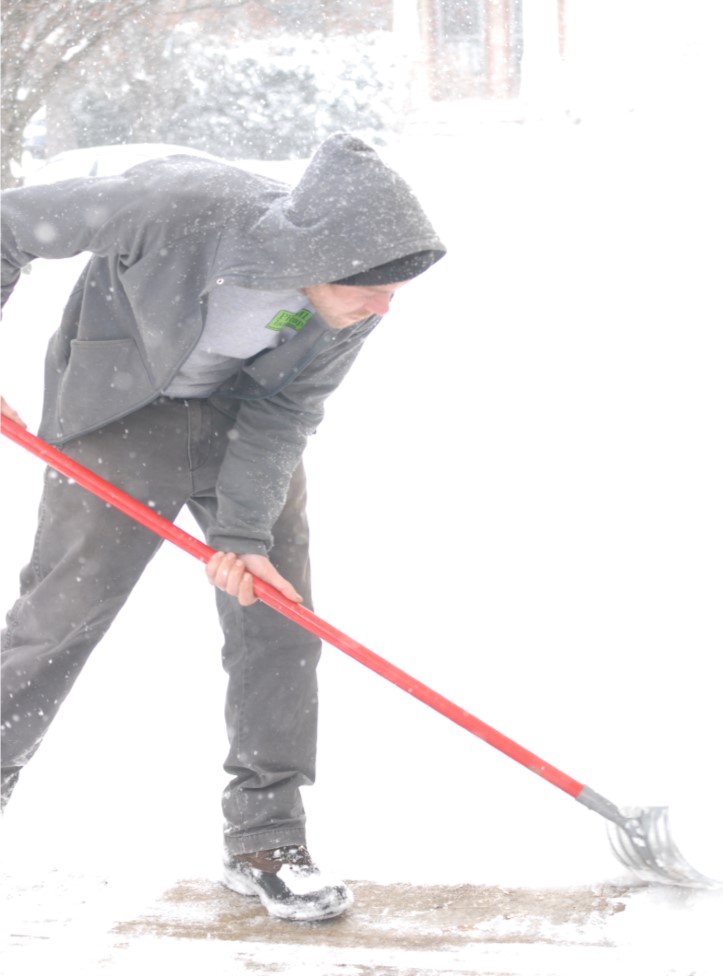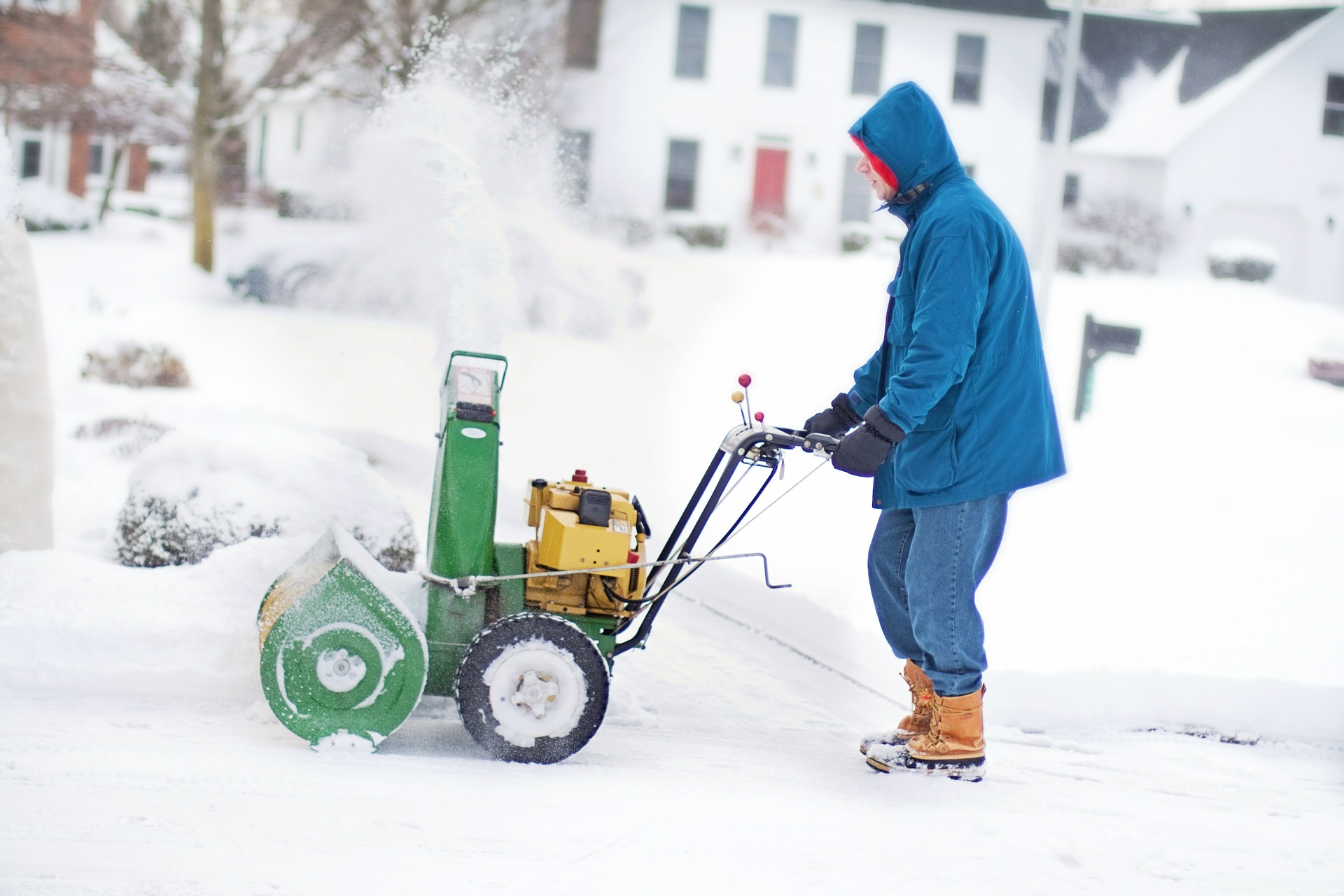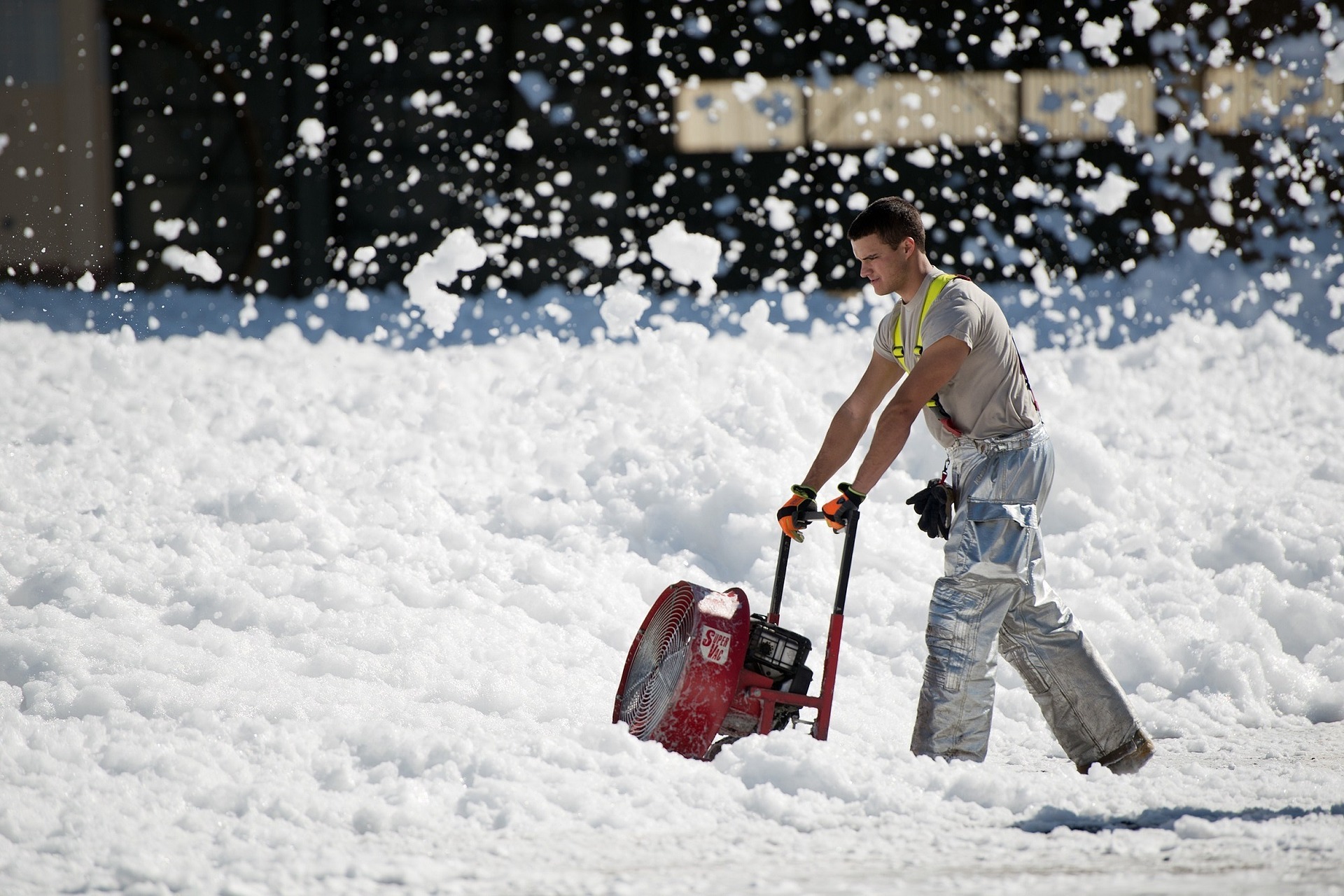Christmas Traditions
There may be a couple levels of separation, but nearly every strange tradition we practice around the holiday season stem from Christianity, and further than that, even have a basis in Pagan religions and pre-Christian traditions. And really, do the connections to Christianity even matter? Christmas is the one time of year where everyone (or nearly so) is friendly, generous and gets along with each other, does it matter the inspiration? As a non-Christian, I believe we can all learn something from the Christmas spirit, regardless of race, religion, or creed.
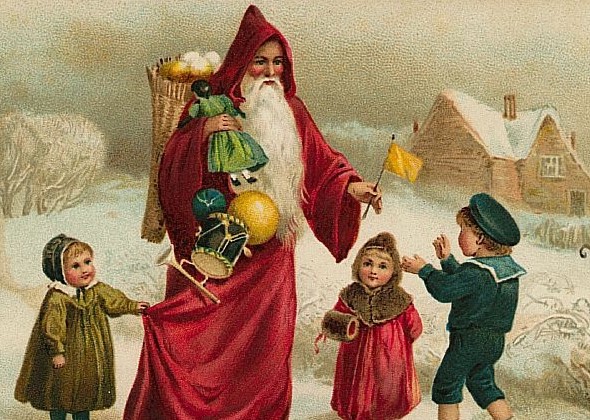
PIONSETTA
In 1828, the American minister to Mexico, Joel R. Poinsett, brought a red-and-green plant from Mexico to America. As its coloring seemed perfect for the new holiday, the plants, which were called poinsettiasafter Poinsett, began appearing in greenhouses as early as 1830. In 1870, New York stores began to sell them at Christmas. By 1900, they were a universal symbol of the holiday.
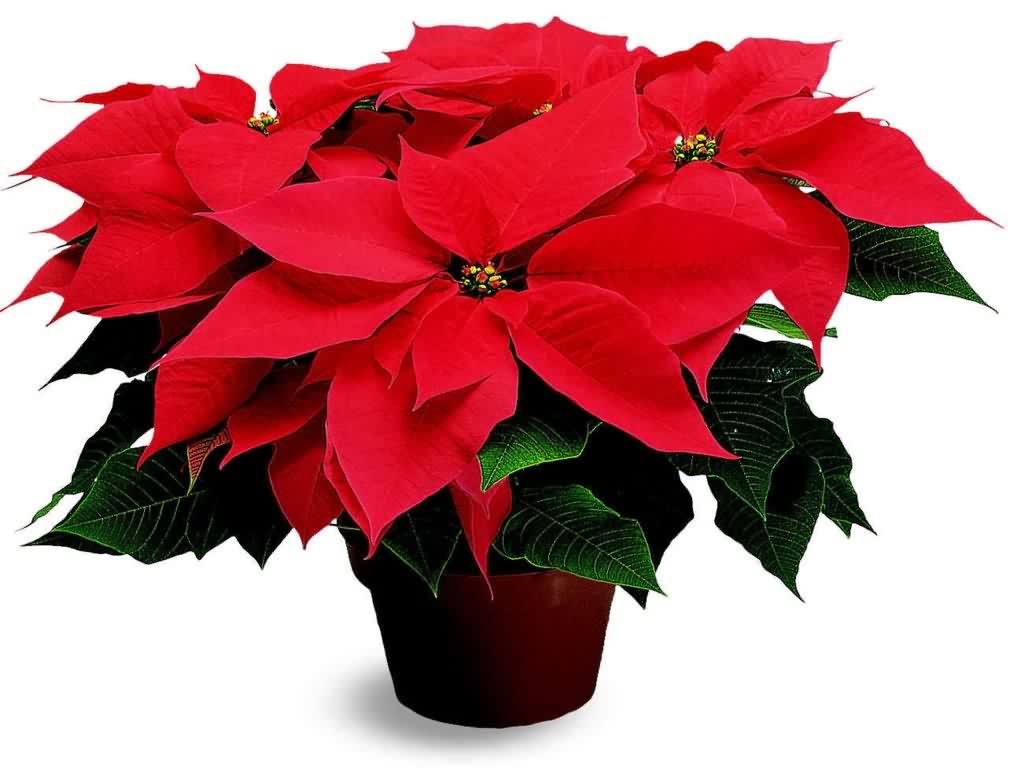
Christmas Tree
The modern Christmas tree differs greatly from its roots; today, we decorate an everlasting, artificial construct with bright lights and dazzling ornaments, while traditionally, the tree was of course, real and more importantly, decorated with edibles such as apples and nuts. The tradition, as with that of the wreath, started with the elements symbolized by evergreens in pre-Christian winter festivals: immortality and fortitude.
The evergreen was also known to have represented the same values to a variety of cultures, including the Egyptians, Chinese, and Hebrews. The worship of trees was also very common in European druidism and paganism. In Christian tradition, trees were often put up in December to serve the dual purpose of warding off the devil and allowing a perch for whatever birds still remained. Evergreen trees decorated with apples and wafers were also used in Christmas Eve plays during the Middle Ages to represent the tree from which Adam and Eve at the forbidden fruit. As for decoration, the first evidence for decorated Christmas trees comes from German craftsman guilds during the Renaissance. After the Protestant Reformation, trees enjoyed a surge of popularity among Protestant households as counterparts to the Catholic nativity scene.
Santa Claus
Many people know of Saint Nicholas being the basis of Santa Claus, but the practice of stocking-stuffing can be traced back to his charitable donations in the 4th century. Nicholas believed that childhood should be savored and enjoyed – but in a time where boys and girls younger than 10 had to work to support their families, this wasn’t always possible.
He therefore gave what he could in homemade food, clothes, and furniture. The bishop even gave out oranges, which would have been very rare and expensive in Lycia, where he lived. The problem became where to leave these gifts so that the children would find them. According to legends, he then saw girls’ stockings hanging above the fireplace, and ol’ Saint Nick (to paraphrase) thought “Why the hell not?”. From then on, children would hang stockings up hoping that Saint Nicholas would visit them that night.
Beyond St. Nick, the practice can be traced back to Scandinavian countries that still held their Pagan beliefs. Children would leave their shoes full of carrots, straw, or other similar foods for Odin’s mythic horse, Sleipnir. When Sleipnir ate the food, Odin would leave candy or other treats in their place.
Most people know that Santa’s origins lie in Saint Nicholas, that generous Saint who gave presents to needy children. However, many other figures evolved into the conglomerate we call Santa Claus.
For one, the Dutch Sinterklaas, who himself has basis with Saint Nick, was the main inspiration for Santa Claus. He is nearly identical to Santa: he wears red and white, knows if you’re naughty or nice, and has elf helpers referred to as Zwarte Piet. However, the legend takes on a much darker legend when one hears that the Zwarte Piet’s duties also include punishing naughty children with “jute bags and willow canes”. He also differs from Santa in the facts that he wears a bishop’s hat and comes on steam boat from Spain, rather than the North Pole.
Another large influence into Santa’s design is the British Father Christmas, a figure developed in the 17th century as the embodiment of holiday joy and mirth. Odin also exists as a potential pagan inspiration for Santa Claus; he lead a hunting party with other gods on Yule, a German holiday at roughly the same time as Christmas; he rode Sleipnir, a legendary horse with 8 legs; like Santa, he has 8 reindeer; and he would fill children’s’ boots with candy, as mentioned earlier.
The modern Santa Claus, contrary to popular belief, was not created by Coca-Cola, but has been in American folklore since the late 18th century. His name comes from an Americanization of Sinterklaas, and somewhere along the way, he lost his bishop’s hat. One could write an entire list on the origins of individual components of Santa’s story – suffice to say that they all have interesting origins, and I would suggest further reading.
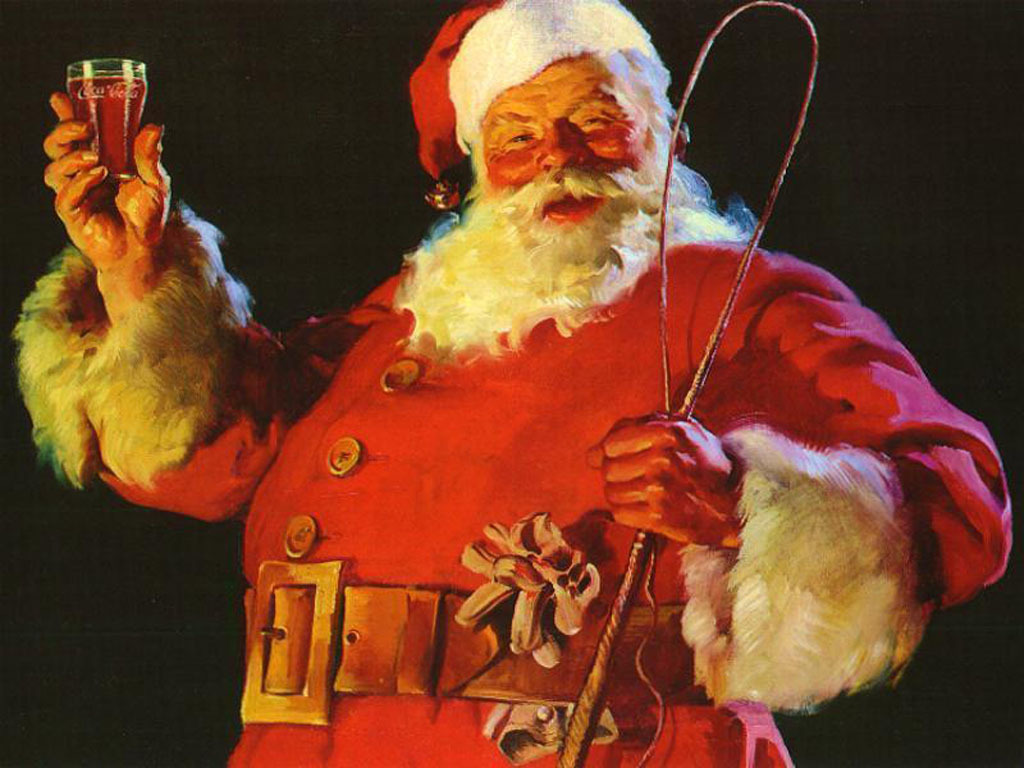
Christmas Carols
Christmas carols grew out of the first Christmas hymns, which developed in 4th century Rome. While these Latin hymns were sung in church for generations, the first true carols developed in France, Germany, and Italy in the 13th century. These carols, written in the vernacular language of the area they were composed, were enthusiastically sung at community events and festivals. They were not composed specifically as Christmas carols, but rather as conglomerate holiday songs that were sung at many separate festivals and celebrations.
Later on, the songs would become associated primarily with Christmas and sung in numerous churches. Carols in Protestant churches were much more numerous, since the Protestant movement encouraged the arts, especially music. The modern practice of going door-to-door caroling likely has something to do with the root word for carol, “carole” or “carula” which both mean a circular dance. The practice may have developed out of the public ceremonies that created the first carols.
Christmas, as most of us know, is the Christian tradition honoring the birth of Christ – though it is not celebrated solely as such in our modern society. To us, Christmas represents a time of joy, gift-giving, and family. Christmas as we know it evolved out of the Roman tradition of Saturnalia, a festival honoring their god of agriculture, Saturn, on the winter solstice.
Roman Holiday?
Due to the already-rampant celebration taking place on the date and the revering of light and the sun, it was a natural development to celebrate the birth of Christ on the same date. Many Roman writers give references to the date of December 25th and Christianity between the 2nd and 3rd centuries, and it is believed that the holiday was widely celebrated by Christians by the turn of the 4th century. Though Christmas is celebrated as the birth of Jesus Christ, we don’t know the exact date, or even the year of his birth.
During Saturnalia, children would often be given gifts of wax dolls – an act with a rather macabre history itself; the dolls were used to represent human sacrifices that Rome had given to Saturn in the past as payment for good harvests. Boughs of certain trees and other plant matter were also a common gifts during Saturnalia, and were used to represent bounty and good harvests. The X-Mas abbreviation, the X stands for the Greek letter Chi, the first letter of the Greek word for Christ. Jesus’ name has also been abbreviated as XP, a combination of the first and second letters of the Greek word for Christ. From XP comes the labarum, a holy symbol in Orthodox Christianity that represents Jesus.
The term X-mas has been used since the 16th century, though it gained prominent usage in the 18th and 19th centuries. In the modern world, X has been taken to be used as an abbreviation for any word with Christ or the “krys” sound in it, even in words which have no etymological connection. Chrysanthemum, for example, is sometime shortened to “xant” on florist’s signs, and crystal has sometimes been abbreviated as “xtal”.
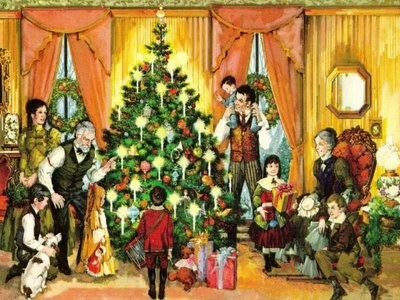
*Excerpts for this story were researched from the internet.


